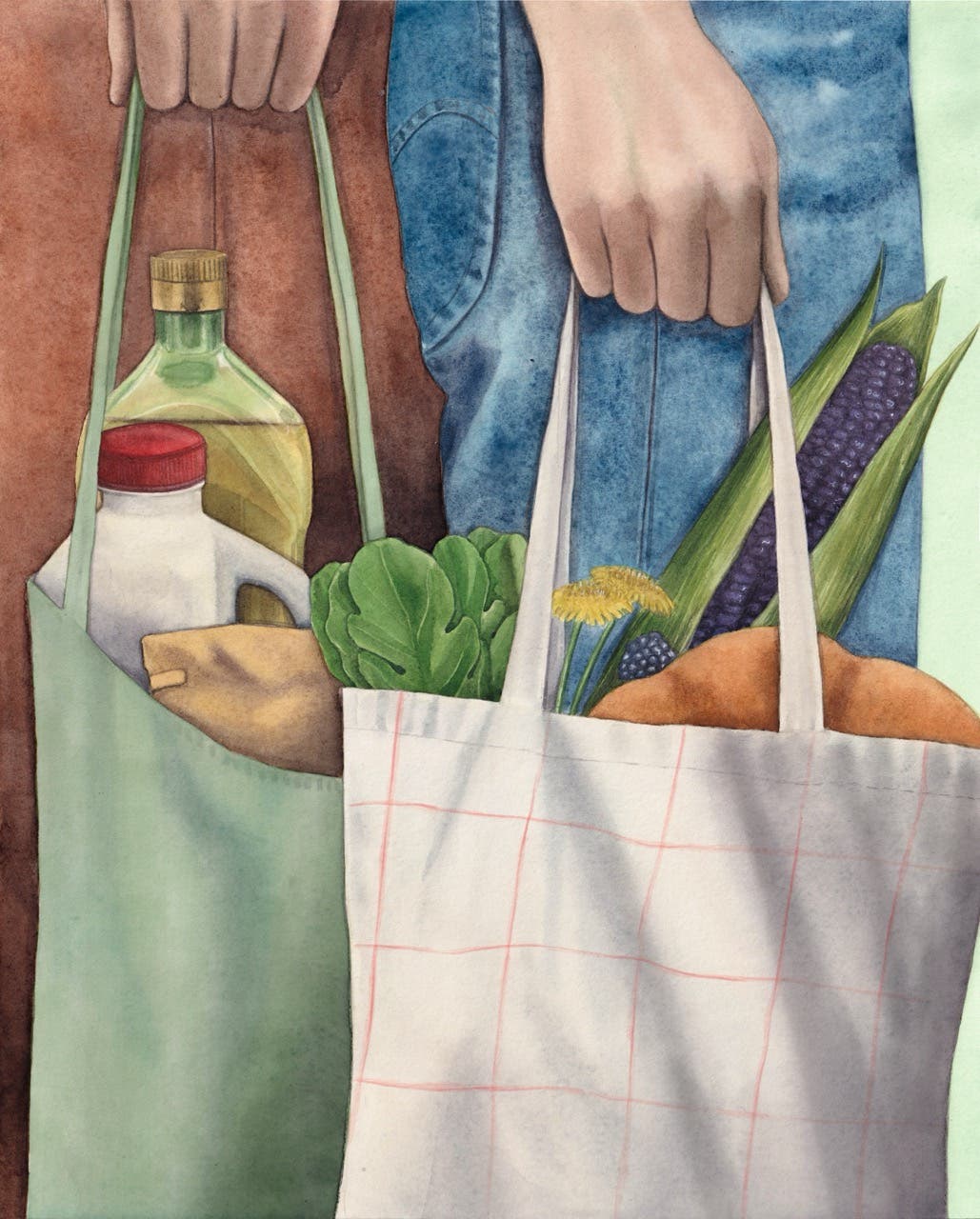
I grew up in the Australian countryside, and my mum, like many other mums I knew, often made pavlova—a cream-and-fruit-topped meringue cake baked crisp on the outside but soft in the middle. For us, ''pav'' is the symbol of housewifely kitsch, simple and messy to eat; it turns up at birthdays and christenings across the country. Yet it's tasty enough, as Australian cookbook author Margaret Fulton puts it, to make any ''sophisticated gentleman put down his port and cheese''.
You will understand, then, why I was shocked to learn recently that New Zealanders consider pavlova their national dish, too. What's more, they claim to have invented it. In January, New Zealand's new national museum, Te Papa, announced it would celebrate its first birthday with a giant pavlova, named Pavzilla, which it then identified as ''a great Kiwi icon''. Shortly afterwards, the Sydney Morning Herald _called this assessment ''a delusion''. ''Those bloody Australians,'' spat back Sarah-Kate Lynch, food editor of the _New Zealand Herald. ''It's so typical. They're always trying to steal our best ideas.''
Like many works of art, this dessert had a beautiful muse: the Russian ballerina Anna Pavlova, who toured both countries in 1926. Australians claim that Herbert Sachse, chef at the Esplanade Hotel in Perth, created the dessert in her honor in 1935—four years after she died of pneumonia. Perhaps. But even an Australian like me finds it hard to ignore the conclusions of Helen Leach, associate professor of anthropology at New Zealand's University of Otago. Three years ago she traced the dessert's history from a 1926 recipe for a single meringue cut in half and filled like a sponge cake, to a 1927 recipe that used two shells baked in tins, to the modern filling-on-top arrange-ment, baked without a tin. The name ''pavlova'' became attached to the dessert in 1933. Pavlova, says Leach, wasn't the work of one chef, but a gentle evolution, the result of years of recipe swapping and baking between women. Women from New Zealand.
Pavlova, then, is indisputably a Kiwi invention. There—I've said it! But I know I'll still always think of Australia when I eat pavlova—and of the frail ballerina who never had the chance to sample the cake that bears her name.
Keep Reading
Continue to Next Story










